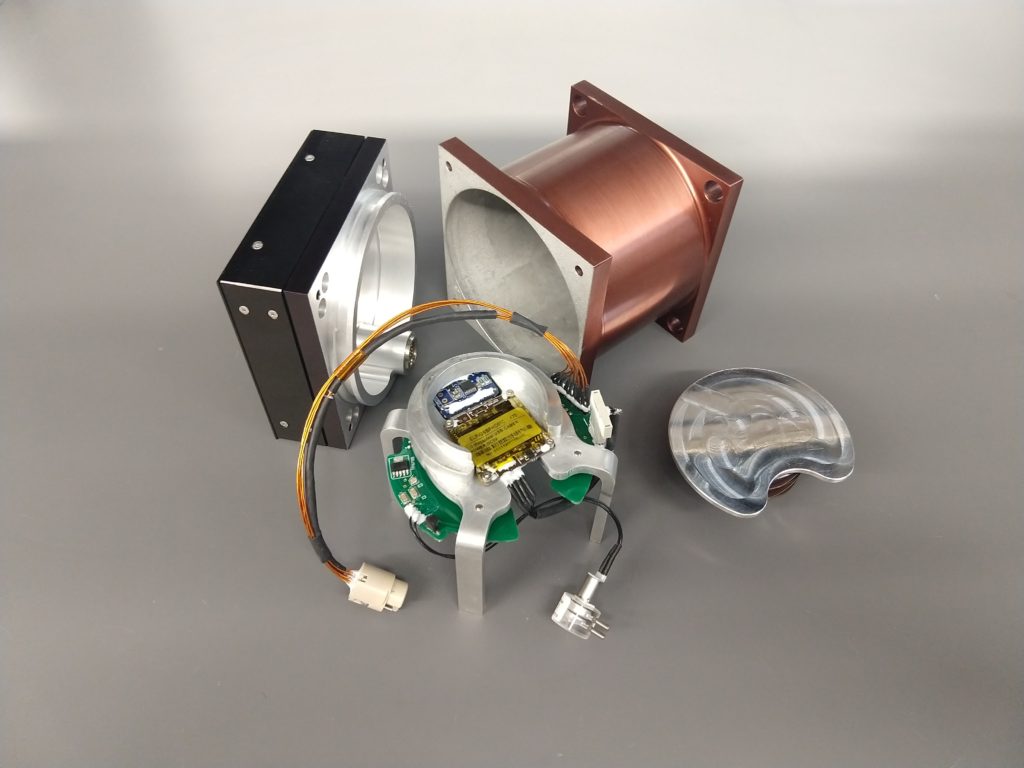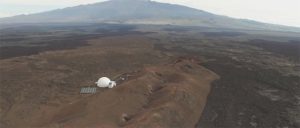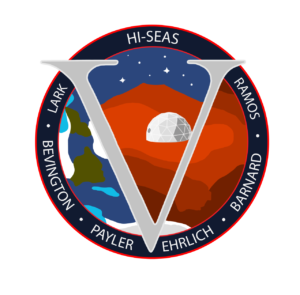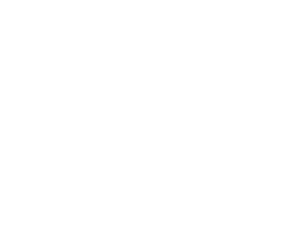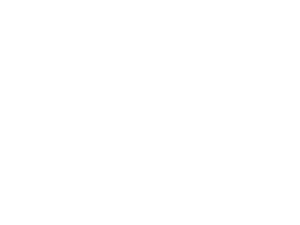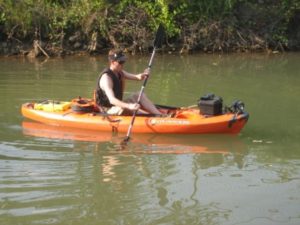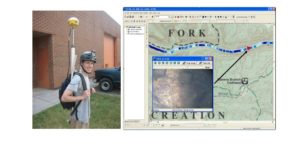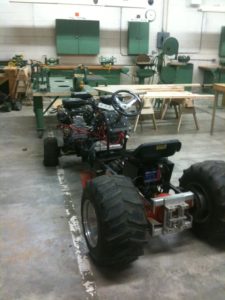Hydra 1 studied the effectiveness of a genetic switch in space. In short, a plant, Arabidopsis thaliana, was modified using the tools of synthetic biology with an inducible promoter (genetic switch). These types of switches are a fundamental tool in the study of plants but have not been shown to be functional in space. The experiment flew to the International Space Station on December 5, 2018 and demonstrated that this element is still functional in the space flight environment. With this switch, future work could use it to design plants that produce medicines or vitamines for astronauts on exploration missions.
In addition, the hardware was the first flight of an open-source, 1.25U design. The design contains a camera, water release valve, and growth lights among other components and is freely available for use.
Team members include the Hammond Lab at the University of Utah, Chris McKay of NASA Ames, the International Space University, and Space Applications Services.
